Vasin Punyakanok
The Use of Classifiers in Sequential Inference
Nov 01, 2001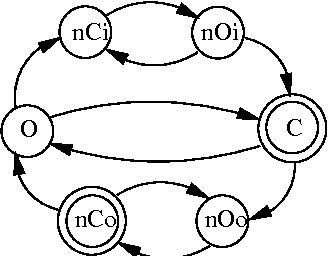
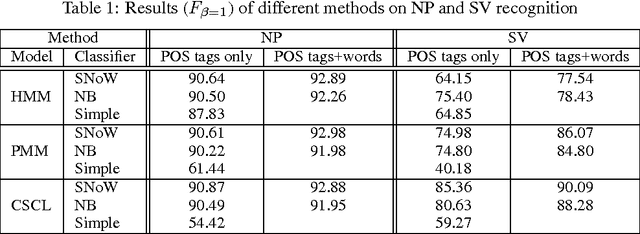
Abstract:We study the problem of combining the outcomes of several different classifiers in a way that provides a coherent inference that satisfies some constraints. In particular, we develop two general approaches for an important subproblem-identifying phrase structure. The first is a Markovian approach that extends standard HMMs to allow the use of a rich observation structure and of general classifiers to model state-observation dependencies. The second is an extension of constraint satisfaction formalisms. We develop efficient combination algorithms under both models and study them experimentally in the context of shallow parsing.
* 7 pages, 1 figure
A Learning Approach to Shallow Parsing
Aug 22, 2000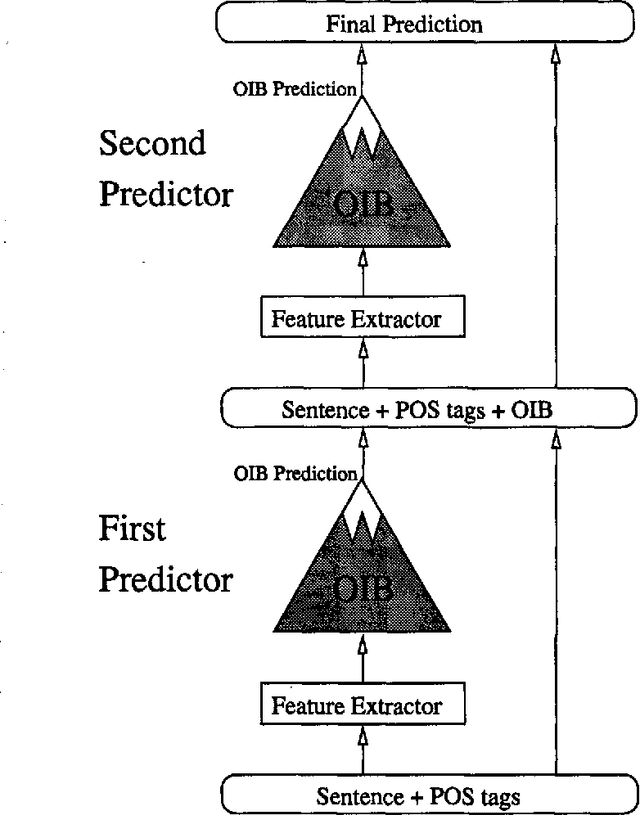

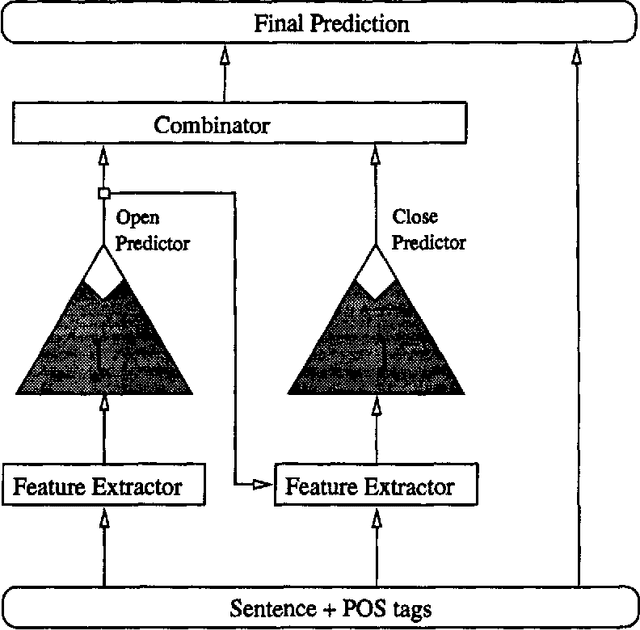

Abstract:A SNoW based learning approach to shallow parsing tasks is presented and studied experimentally. The approach learns to identify syntactic patterns by combining simple predictors to produce a coherent inference. Two instantiations of this approach are studied and experimental results for Noun-Phrases (NP) and Subject-Verb (SV) phrases that compare favorably with the best published results are presented. In doing that, we compare two ways of modeling the problem of learning to recognize patterns and suggest that shallow parsing patterns are better learned using open/close predictors than using inside/outside predictors.
* LaTex 2e, 11 pages, 2 eps figures, 1 bbl file, uses colacl.sty
Applying System Combination to Base Noun Phrase Identification
Aug 17, 2000
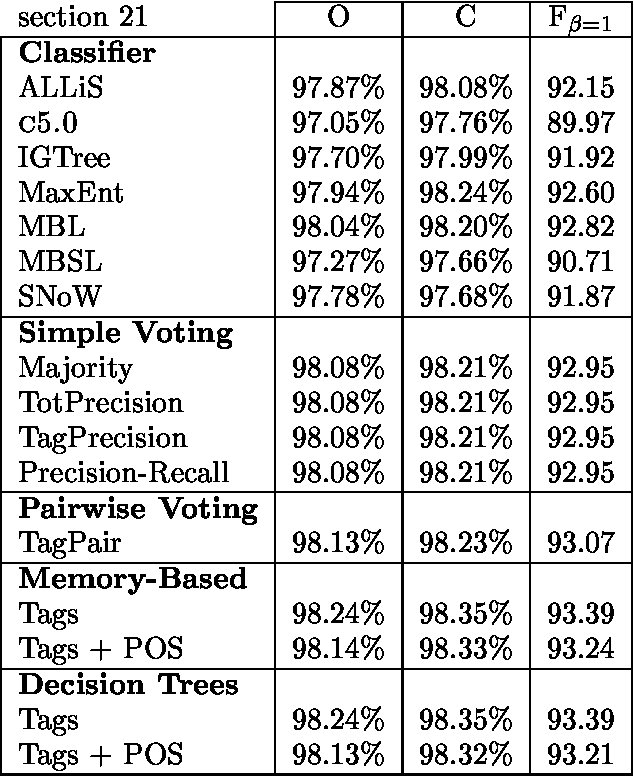

Abstract:We use seven machine learning algorithms for one task: identifying base noun phrases. The results have been processed by different system combination methods and all of these outperformed the best individual result. We have applied the seven learners with the best combinator, a majority vote of the top five systems, to a standard data set and managed to improve the best published result for this data set.
* 7 pages
 Add to Chrome
Add to Chrome Add to Firefox
Add to Firefox Add to Edge
Add to Edge